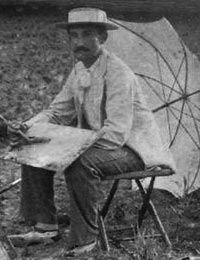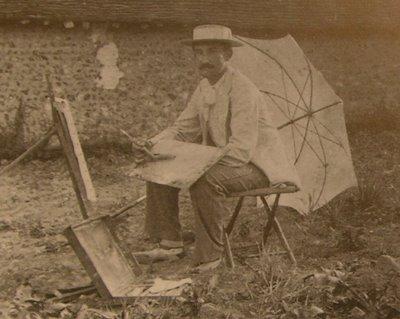
1867 - 1925
Guy Rose

description
Guy Orlando Rose was a prominent representative of California Impressionism (also called the California open-air school).
The future artist was born into the wealthy family of Senator Leonard J. Rose. His career began quite early, when, having been wounded while hunting, young Guy Rose began to be interested in painting.
An admirer of the artistic talent of Claude Monet, Guy Rose worked mainly in the genres of landscape, including urban, and portrait, was a good draftsman. In the canvases of Guy Rose, there is liveliness, naturalness and play of light peculiar to Impressionism. The artist used a rich color scheme, painted landscapes, female portraits. Several times exhibited his works at the Paris Salon, participated in exhibitions in his homeland, including the World Exhibition in San Francisco, where he received a silver medal.
Key ideas:
– The main task, considered by the American artist after the French Impressionists, is to show life in its variability and inconstancy. Depicting nature, Rose is trying to express the beauty of the living and changing real world, in which every moment is unique, on the canvas.
– Landscapes of Guy Rose are distinguished by a rich color gamma, abundance of sunlight, light, calm or bravura and festive atmosphere. Art critics determine some paintings as too bright and decorative.
– Expressive images created by the artist in portraits, which depicted mostly women. The heroines of Guy Rose’s canvases are in a natural, everyday atmosphere: walking, reading and standing in front of a mirror. The images evoke a feeling of harmony and beauty, which was the key idea of the master.
1876
1876
1884
1888 - 1890
1891
1893 - 1894
1900
1901
1904 - 1912
1913 - 1914
1919 - 1921
1925
The birth of the artist
The beginning of his creative path
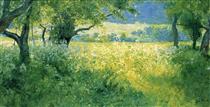
Entered the California College of Design in San Francisco

Received a scholarship of the Academy Delecluse
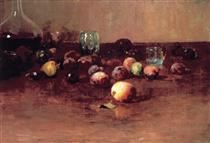
Returned to the USA
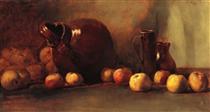
Lived and worked in Paris
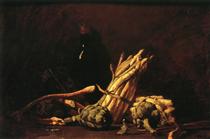
He made a trip to Algeria

He won a bronze medal

Was in France together with his wife Ethel

Spouses Rose lived in the state of Rhode Island

He taught at the Stickney Memorial School of Art
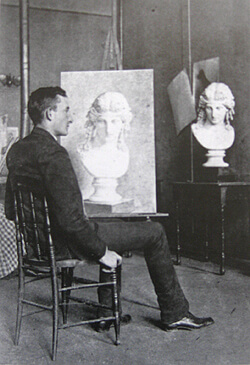
The death of the artist
